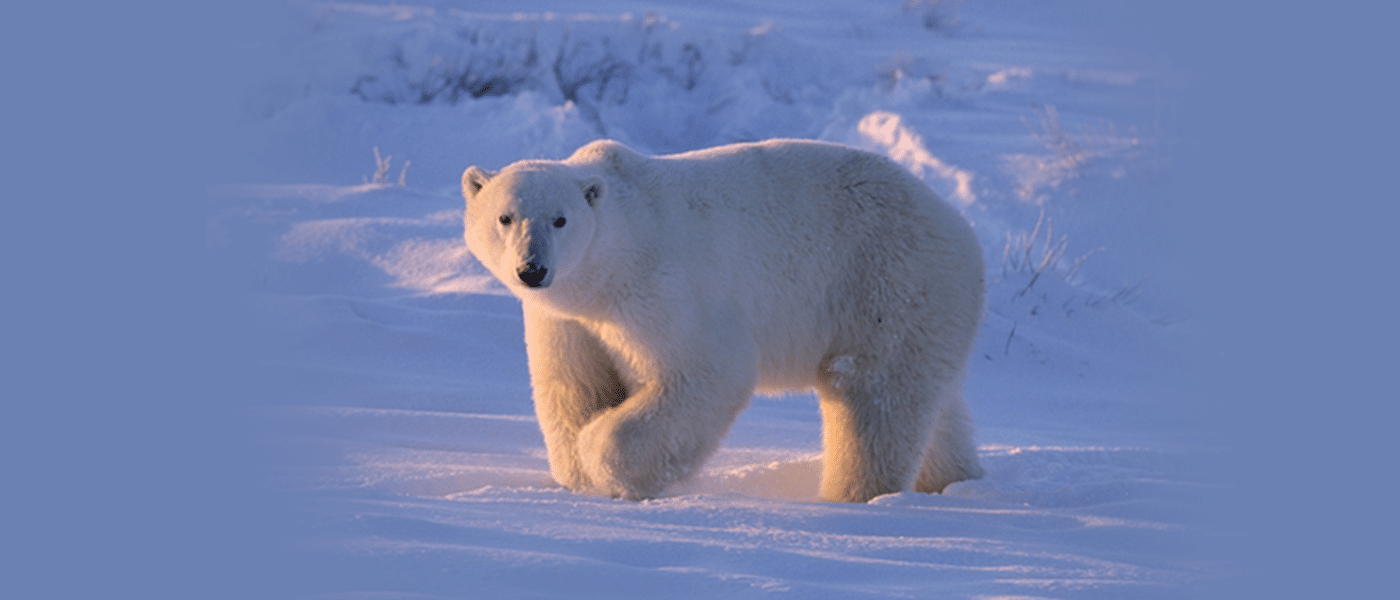THINNING ICE
It's long been known manmade global warming is shrinking polar ice. This year alone we reached the second-lowest seasonal Arctic ice minimum on record, according to the NSIDC.
You may have seen the poster child for melting ice: a polar bear floating alone on an isolated ice floe. The U.S. Geological Survey reported in 2012 how one bear swam for 10 days just to reach some ice to rest on.
But the phenomenon has consequences for more than polar bears.
New studies have analyzed the far-reaching effects thin ice has had on the whole ecosystem up north, from the large animals to migrating plants.
One study concluded the phenomenon has adversely affected the endangered Peary caribou, which live in the High Arctic islands. These herbivores need sea ice to travel to their breeding and foraging grounds between islands.
Thinning ice removes this inter-island travel and puts them in danger of isolation. This can kill genetic diversity since the caribou will only mate with members on the same island. Isolation can even cause them to shrink in size.
Migrating Arctic plants are also in trouble. Another study found plants travelling from the south use ice floes to reach the north. When these floes melt, the northern plants will avoid the natural invasion of their southern neighbors.
CHANGING THE LANDSCAPE
By making the Earth shift to a harsher climate, we can put a whole species under stress and potentially drive them into extinction. And we aren't immune from this danger, either.
At first, global warming's impact starts with communities directly dependent on nature for survival or settlements at or below sea level. But eventually, all of us may end up sleeping with the fishes if we don't do something, fast.
Share This Article
